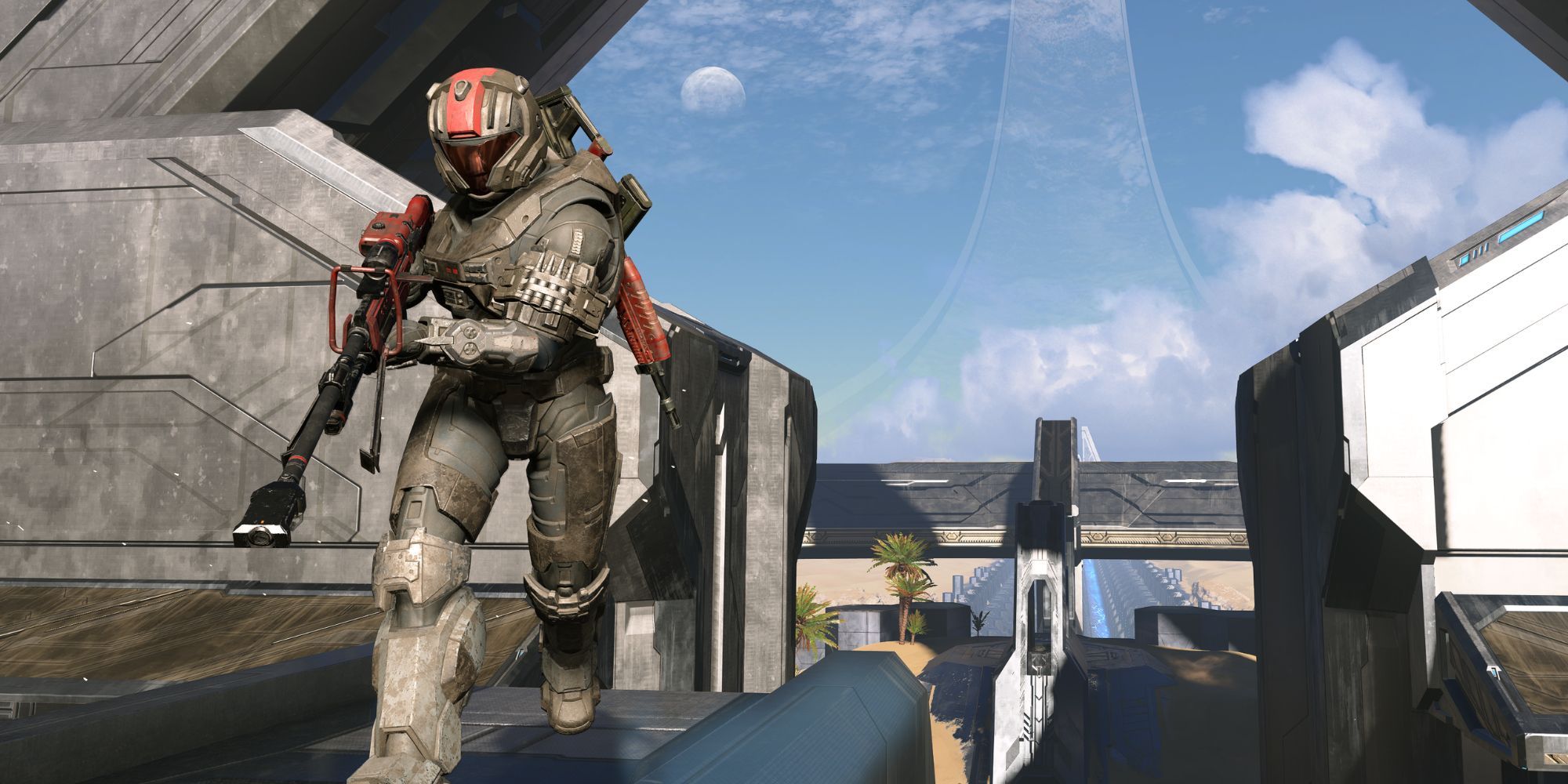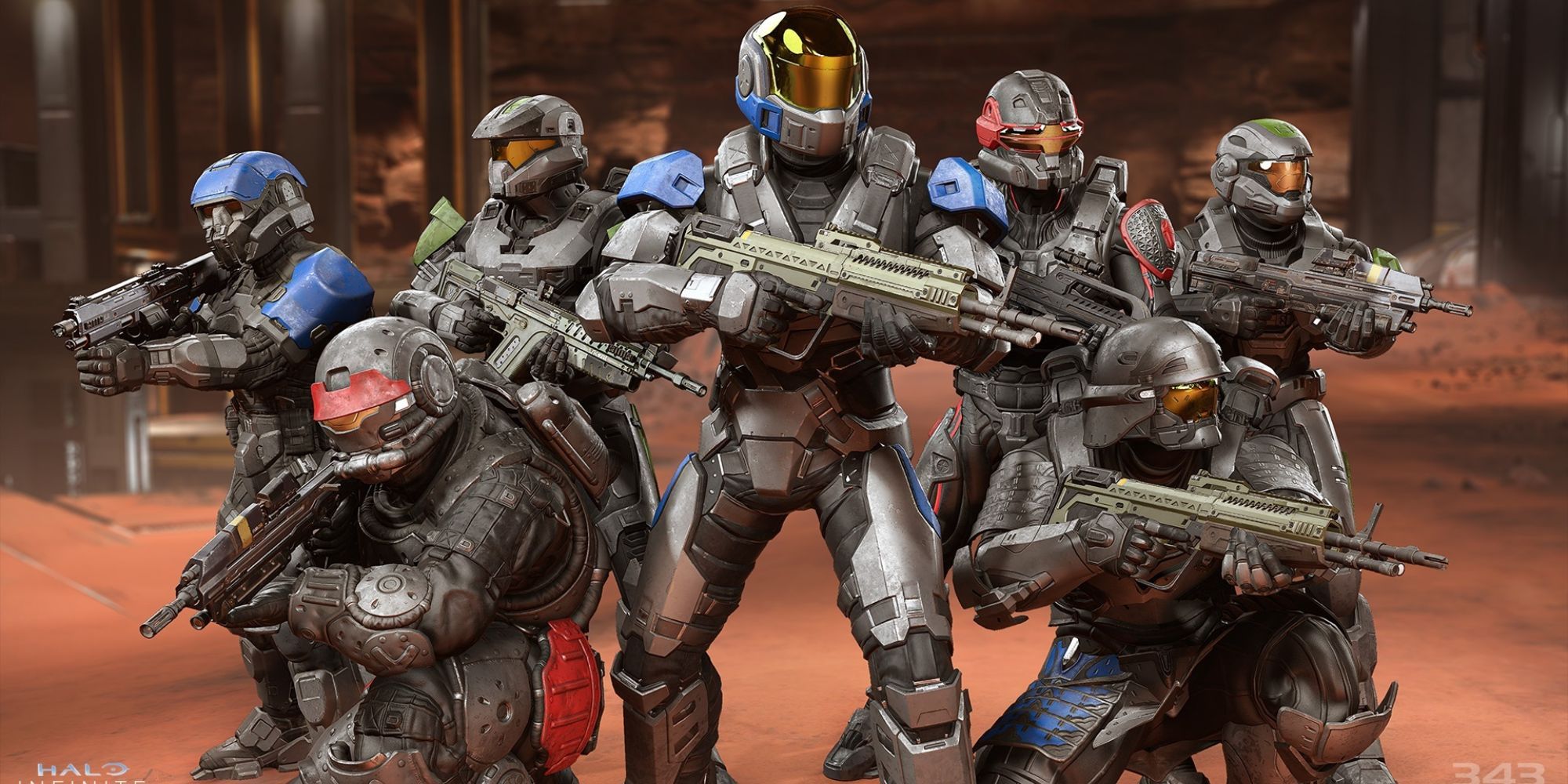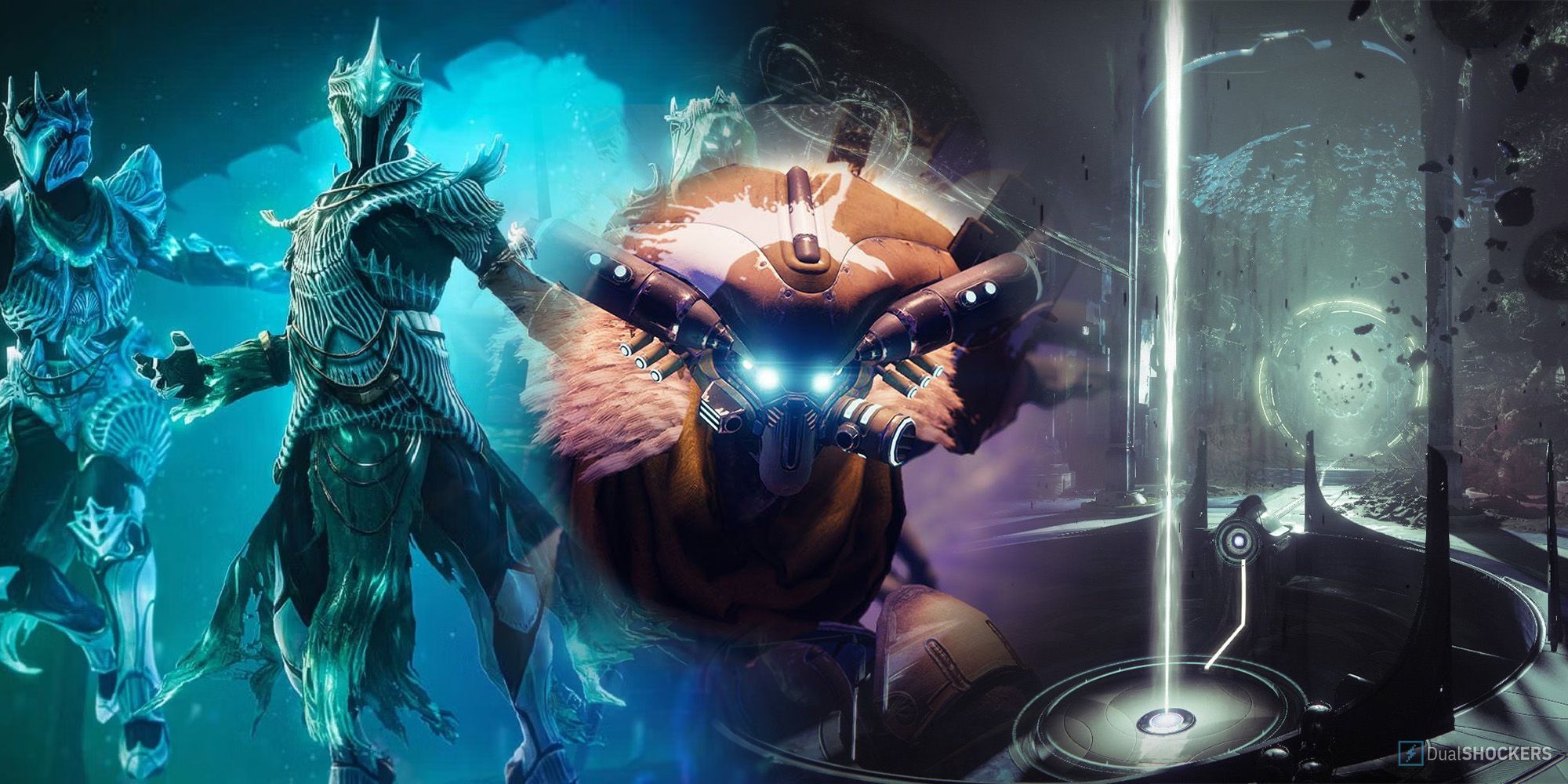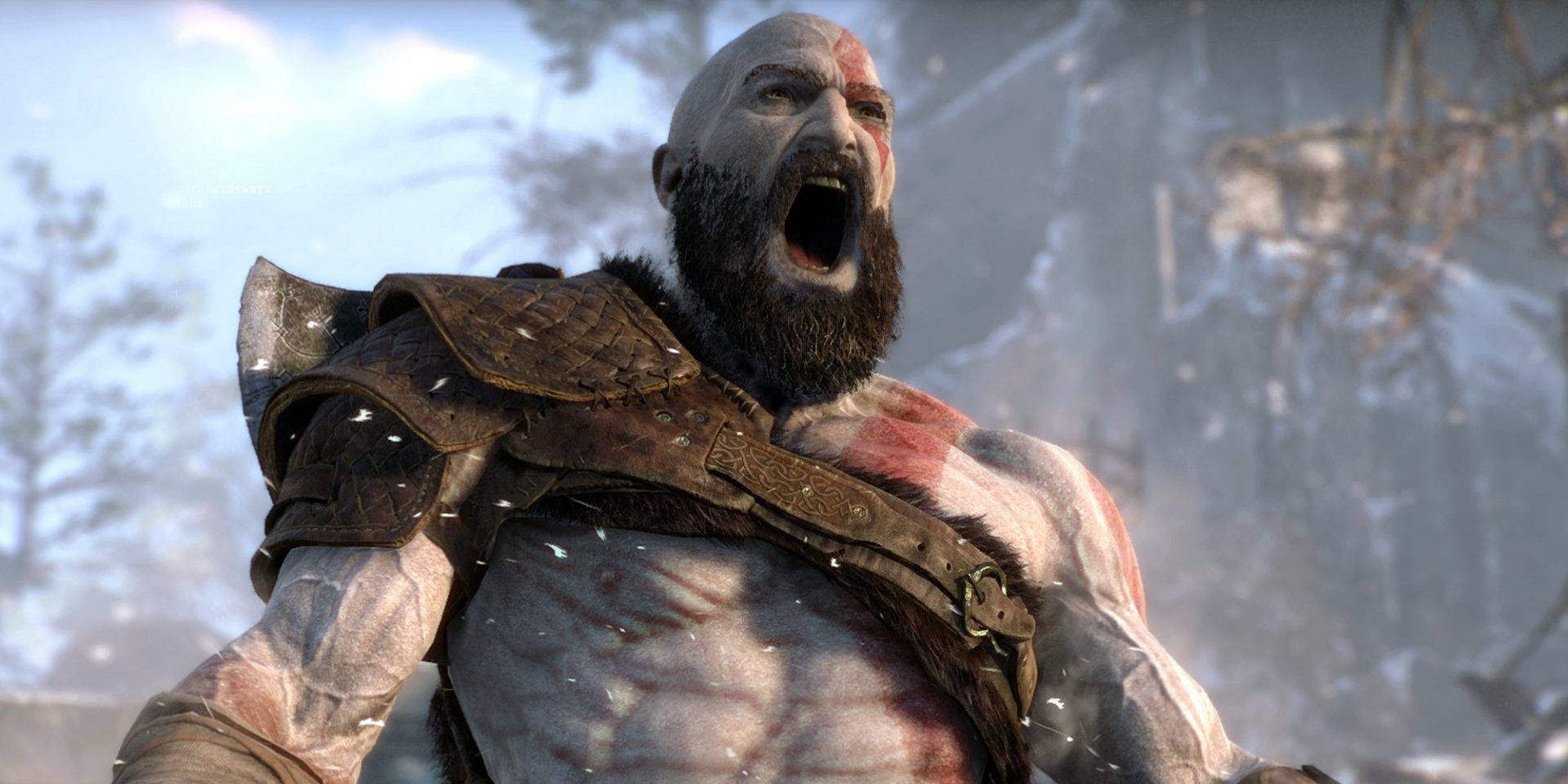Highlights
- The golden era of Xbox, marked by Halo 3 and Reach, can’t be replicated, and community focus is now lacking.
- Halo Infinite once held promise but has been marred by flawed patches and a shift towards competitive play.
- 343 Industries is missing the mark by prioritizing cosmetic progression over community engagement in Halo.
I grew up in the golden era of Xbox, a time when there was genuine excitement and fandom about Xbox and its exclusives. This period encompassed the releases of both Halo 3 and Halo Reach; as a massive fan of the series, I devoured both.
When stewardship of the series passed from Bungie to the Microsoft-created 343 Industries, I wasn’t too worried – how could a company with the resources of Microsoft mess up Halo? Well, Halo 4 and Halo 5: Guardians just didn’t grip me. The story of the Master Chief ended perfectly in Halo 3, wheeling him out again almost felt like a betrayal.
I’ll give credit to 343 Industries for the Master Chief Collection, an incredibly impressive and accessible collection of past Halo games. It’s where I spend most of my time with the series these days.
Infinitely Disappointing
Halo Infinite had me excited at release, the multiplayer beta was very smooth, and a campaign with couch co-op was promised to arrive soon after. My brother and I had played several Halo games together as children, and we were looking to recapture that feeling with Infinite.
Of course, that feature was ultimately cut, another possible consequence of the well-documented fractured development process of Infinite. Oh well, it wasn’t the end of the world. I had been enjoying the multiplayer, but couldn’t shake some negative feelings, like the barren nature of its playlists, and that Halo’s priorities had shifted towards more competitive players. There wasn’t any vigour to the experience, it was like nobody was invested in the game.
Xbox Has Yet To Replicate Its Late 2000s Golden Age
It was a time in gaming that can’t be replicated.
In contrast, and I’ll admit these are nostalgia-tinted glasses, there felt like a genuine buzz around Halo 3 and Halo Reach when they were released. Heck, the energy around Halo 3 didn’t really die until Reach released. It’s not like Infinite didn’t have the player base, the game’s multiplayer peaked at 250,000 concurrent players, and that’s only on Steam, a sizeable number of players certainly played via Xbox.
Yet, 343 Industries failed to sustain this base, and Infinite now sits at an average of 3.3k concurrent players on Steam. The gameplay of Infinite is genuinely very good, but 343 had its priorities all wrong when it came to cultivating a community around the game. Battle Passes and endless streams of cosmetics aren’t how you keep the majority of players engaged.
A Time That Can’t Be Replicated
Halo 3 had strong gameplay, but it also had a plethora of community-focused features, too. There was Forge mode and custom game modes at release, ways for players to get creative and craft their own experiences with friends.
A player’s average day on Halo 3 circa 2008 involved a couple of public lobbies, a random invite to a custom game from someone you played with, into a whole day spent playing custom game modes like Cops-and-Robbers with random players on Xbox Live.
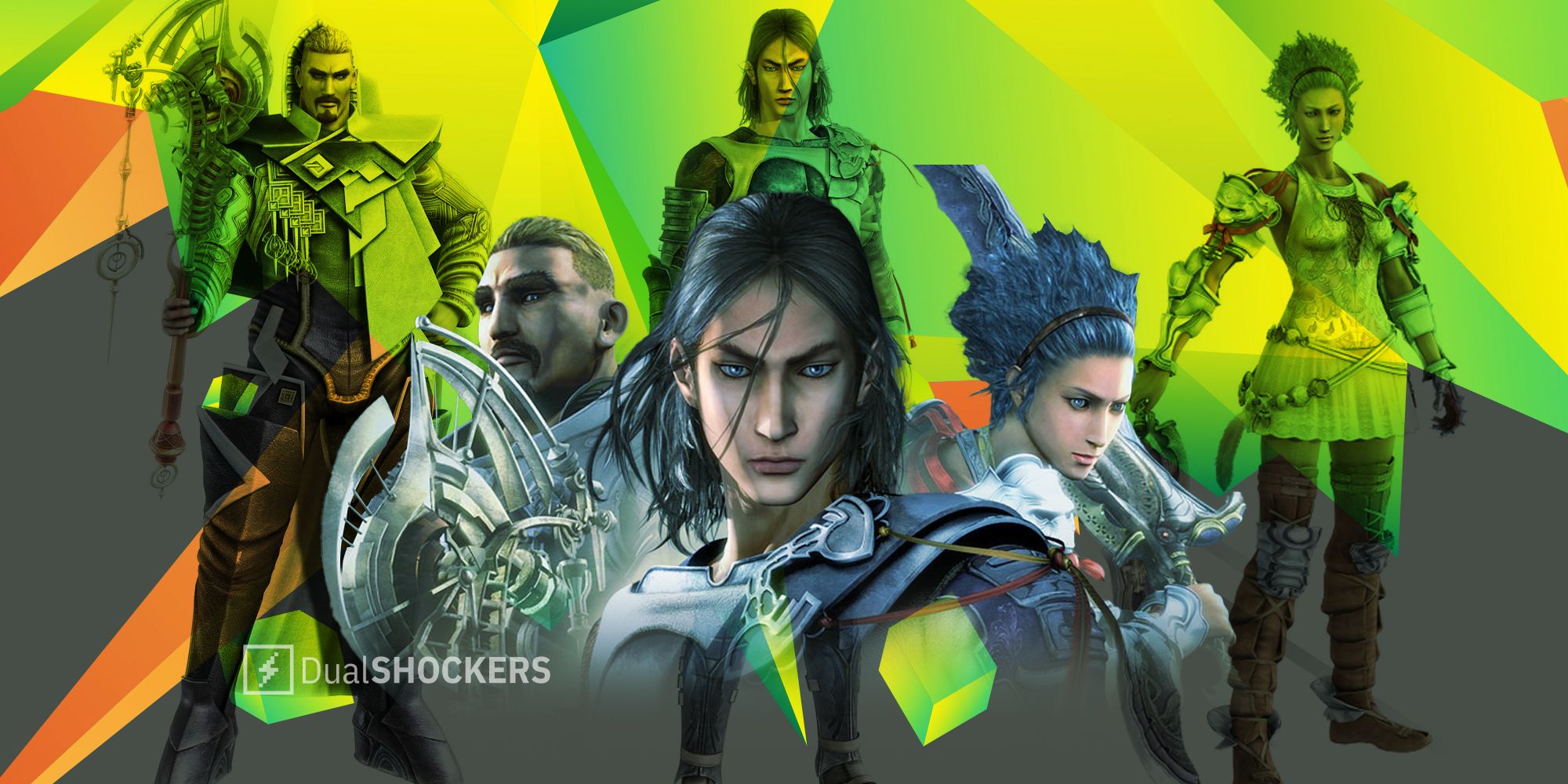
Lost Odyssey Is Still One Of The Best Xbox RPGs Ever
17 years later, it still stands out.
Bungie would handpick user-created maps and game modes and display them on their website, giving creators something to aspire to. With its downloadable content, Bungie released Map Packs, complete with new achievements and secrets on each. I have fond memories of hopping onto Sandbox in Forge Mode and building protective casing so I could obtain the Sandbox Skull without being obliterated by the out-of-bounds towers. There was excitement from Halo’s creatives when these maps released, new canvasses to paint on.
The live-service model has infected a once proud series.
There was a constant organic back-and-forth between Bungie and the players; there was passion, it was a studio that adored its player base. There was a ranked game mode, but it was far from the most popular playlist. There were a limited number of cosmetic options, primarily earnable from achievements, but guess what…? Nobody cared. Halo 3 wasn’t about arbitrary progression, it was about the experience.
The success of Halo 3 wasn’t purely down to Bungie’s good decisions, it was also a period in the lifespan of the Internet that can’t be replicated. It was the beginning of YouTube, and that brought with it community content like Arby ‘n’ the Chief, Red vs, Blue, Machinima and so on, adding fuel to the Halo ‘hype’ machine. It can’t be overstated how massive the series was at this time, especially in the psyche of gaming consumers.
The direction of Halo Infinite was all wrong. The game was released piecemeal, with the campaign coming a month later, Forge mode didn’t arrive for a year and the game only received a custom game browser last year. The menus are completely barren; when I played at launch, there were only a couple of playlists to choose from.
Excepting the esports scene, Halo Infinite doesn’t feel like it has a community, and 343 isn’t fostering one, either. The focus is now on ranked and the competitive aspects of Halo, with the more casual player base having been left behind. Every season and patch is front-loaded with new Battle Passes and cosmetics, mechanisms to keep dedicated players grinding, but not adding any interesting elements to the game. The live-service model has infected a once proud series, and I can’t bring myself to care. I’d rather play the Master Chief Collection.
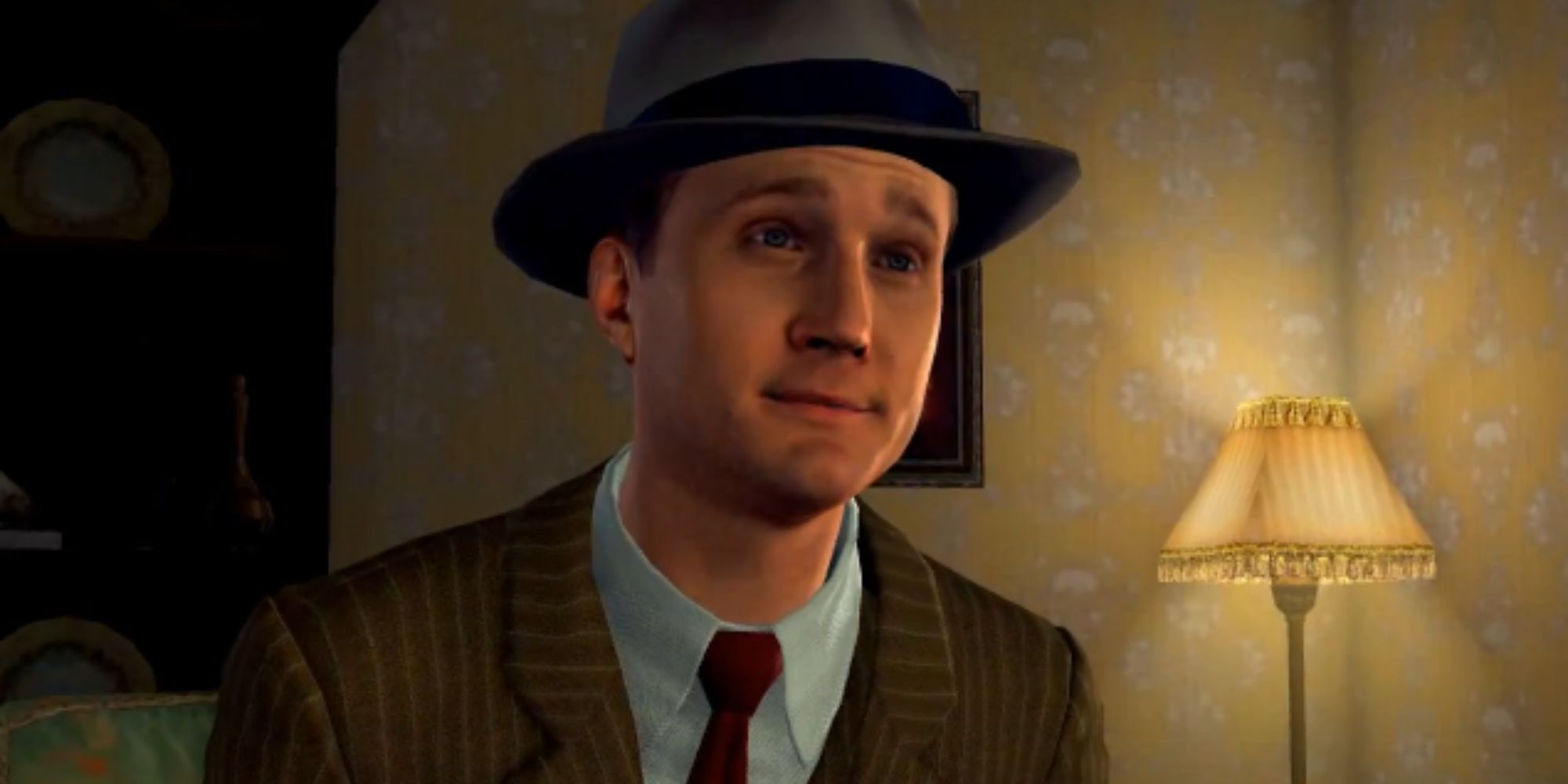
Forget Red Dead Redemption 3, An L.A. Noire Sequel Is What’s Needed Right Now
Where the hell is L.A Noire 2?

